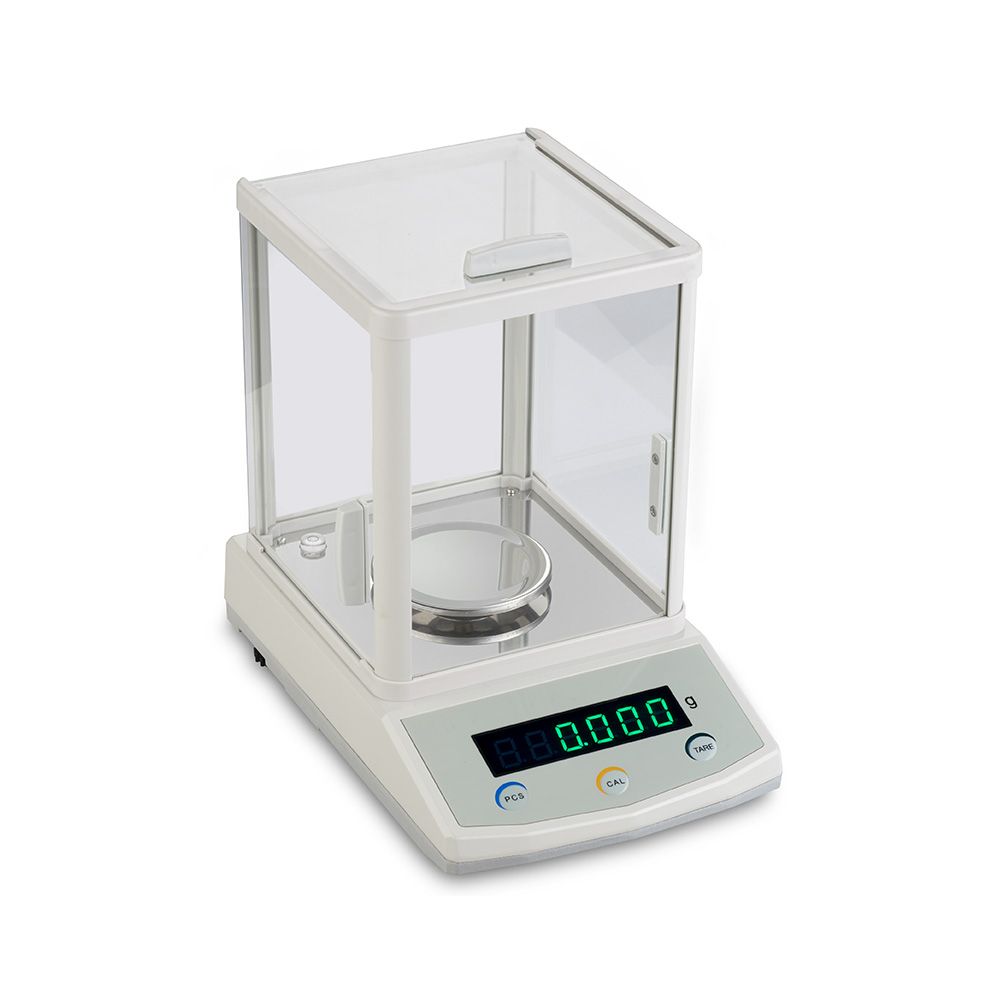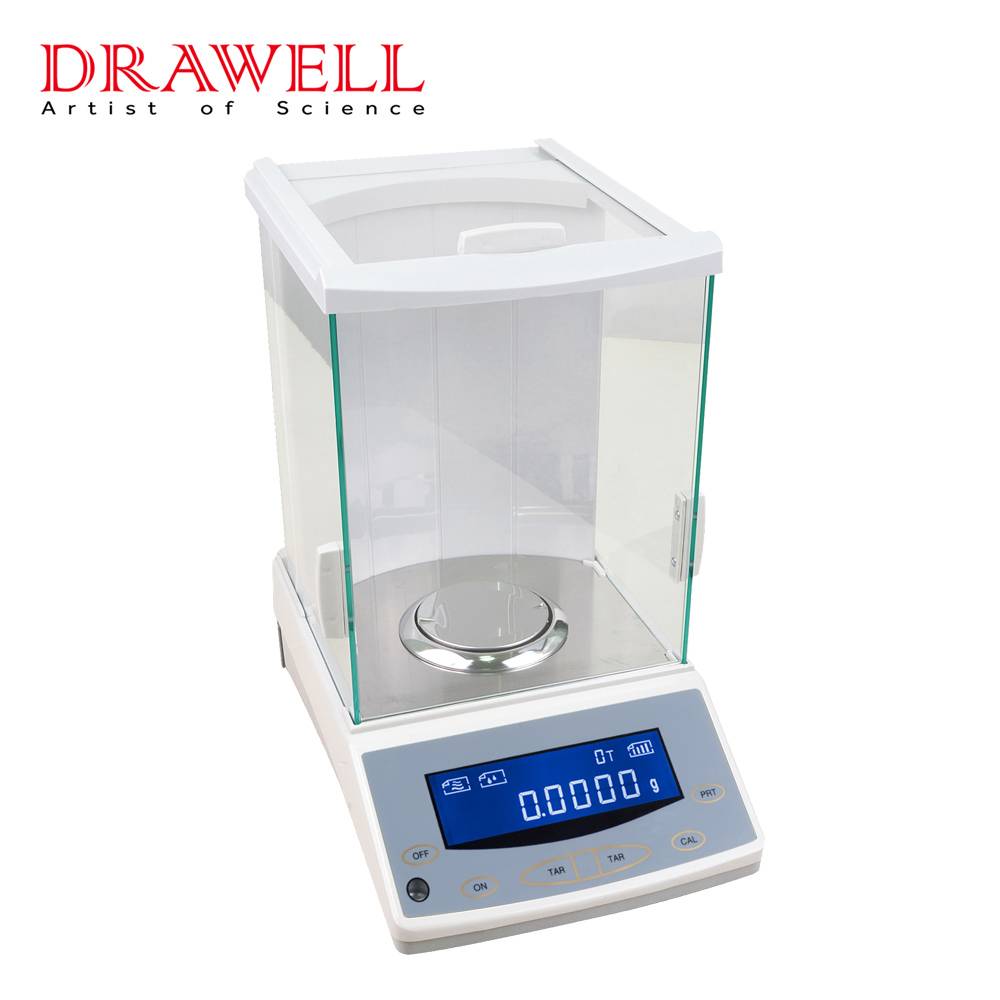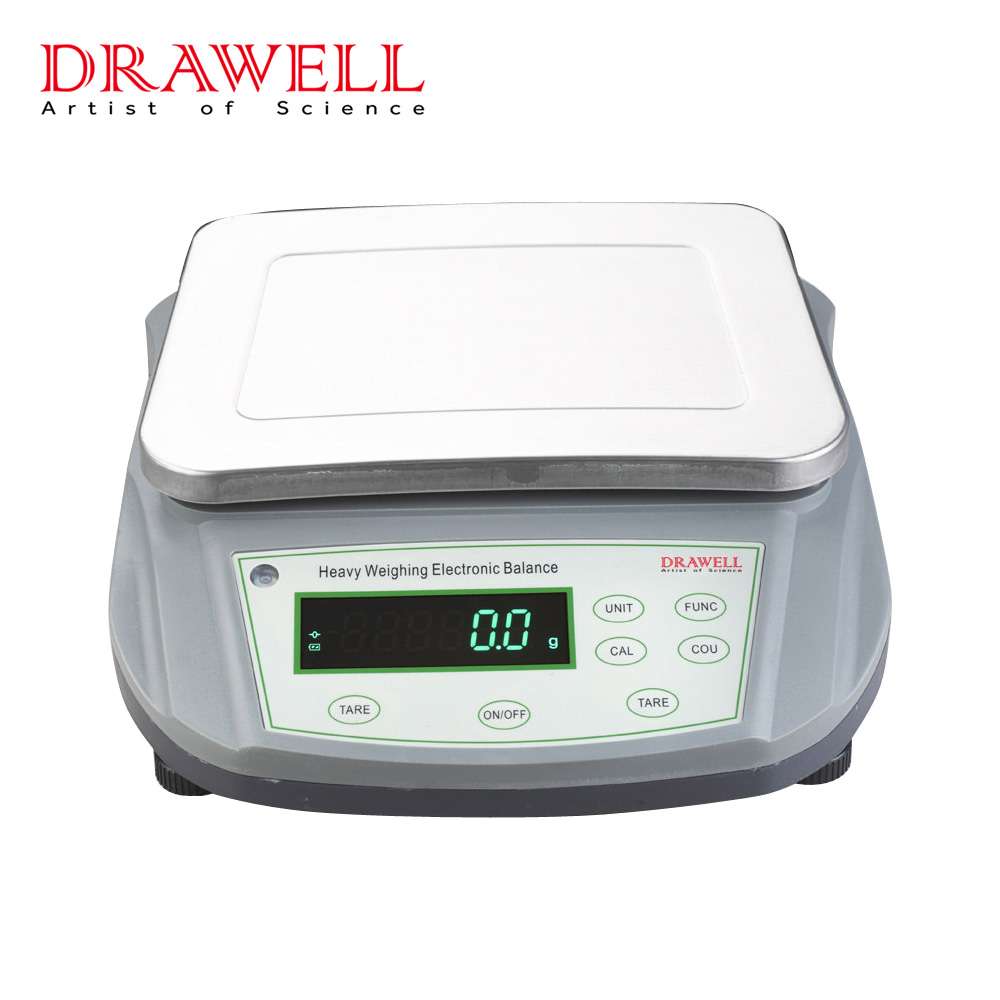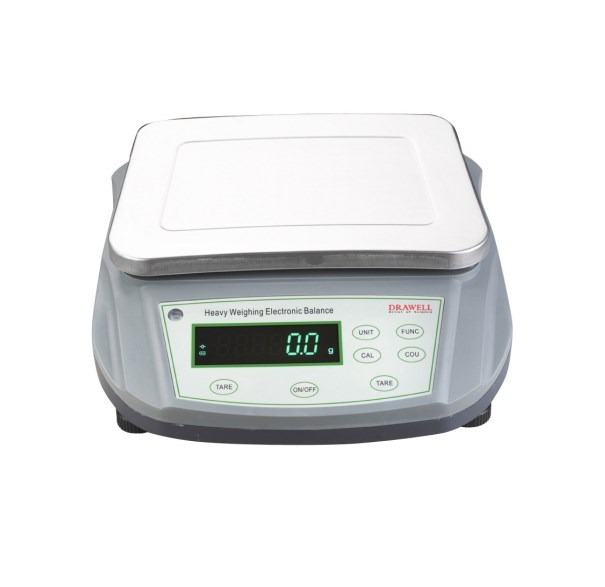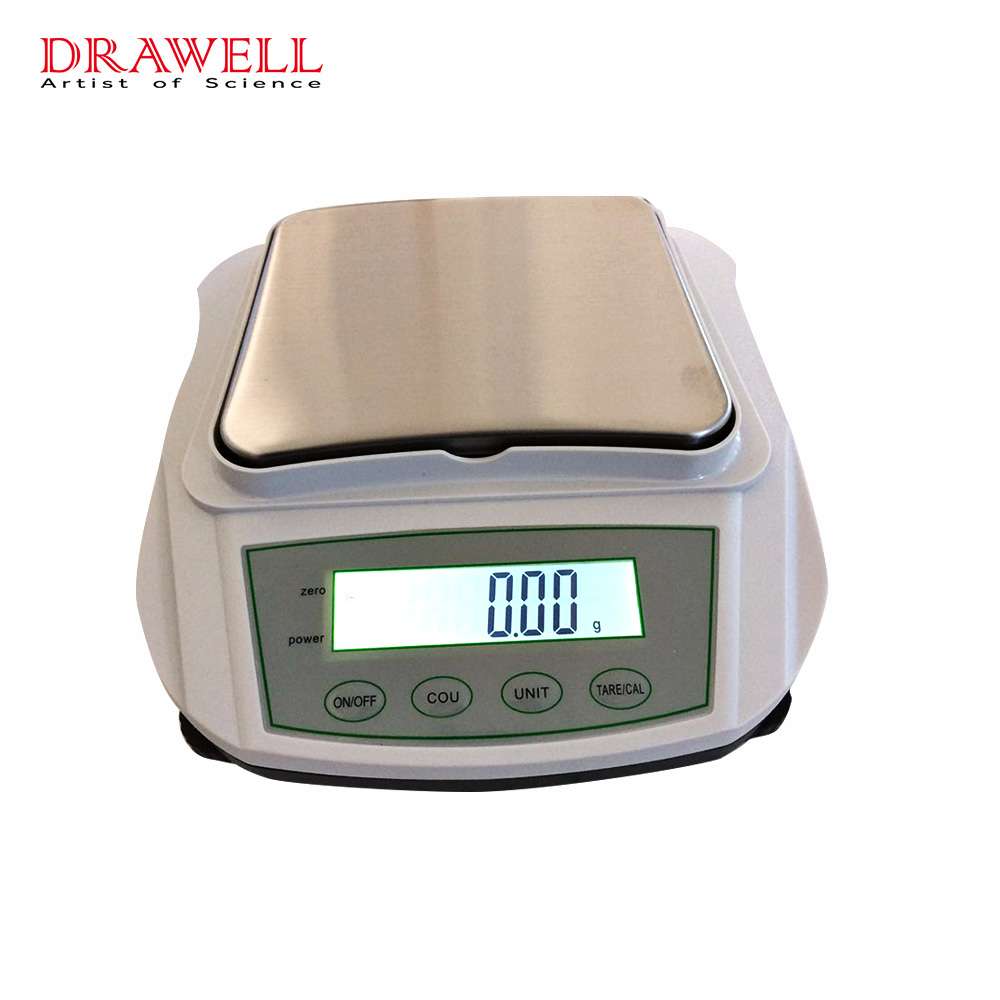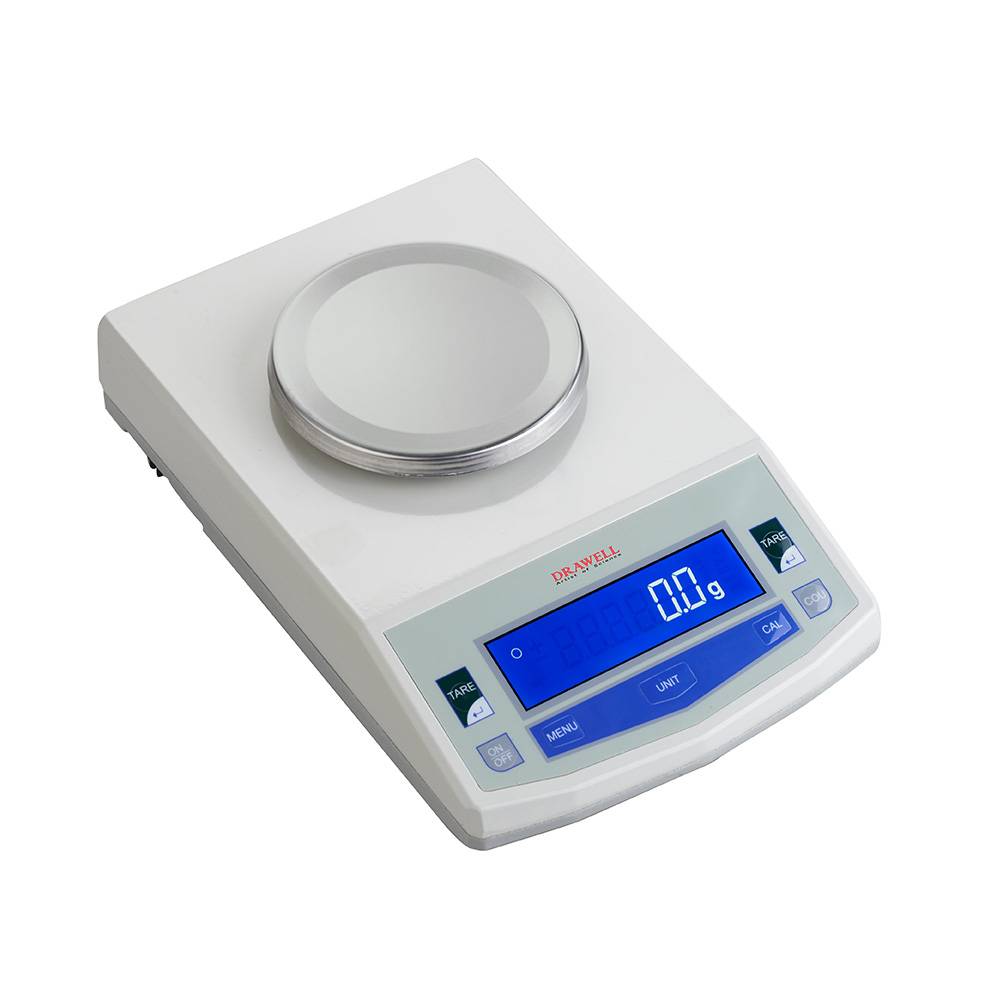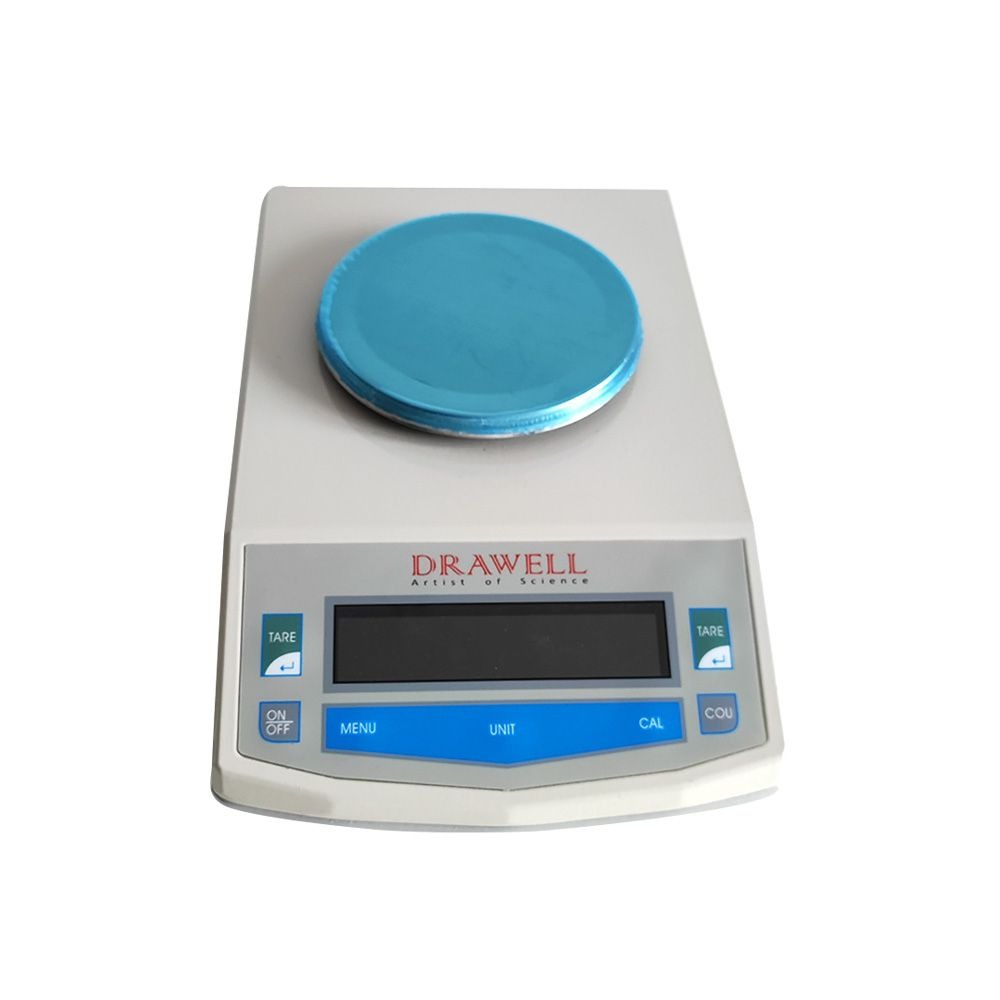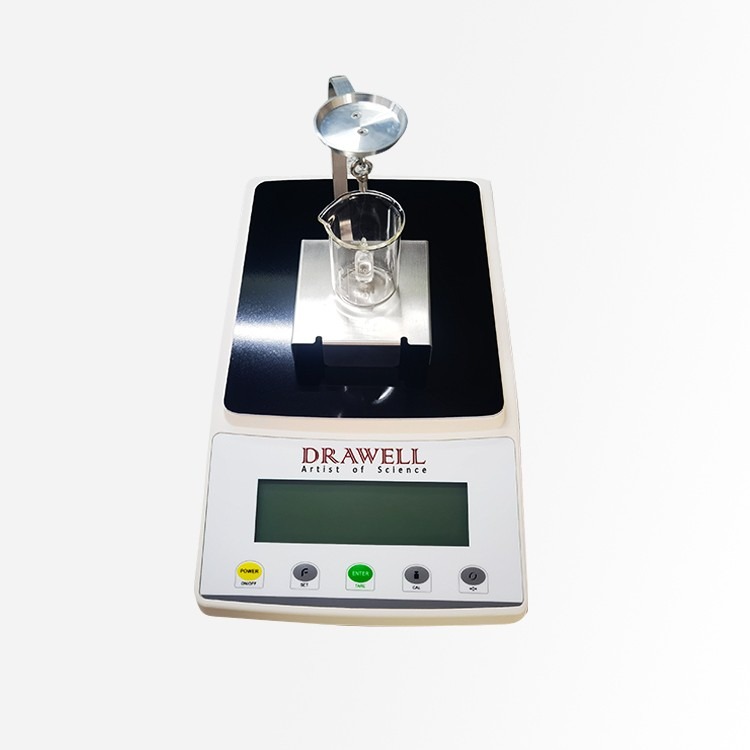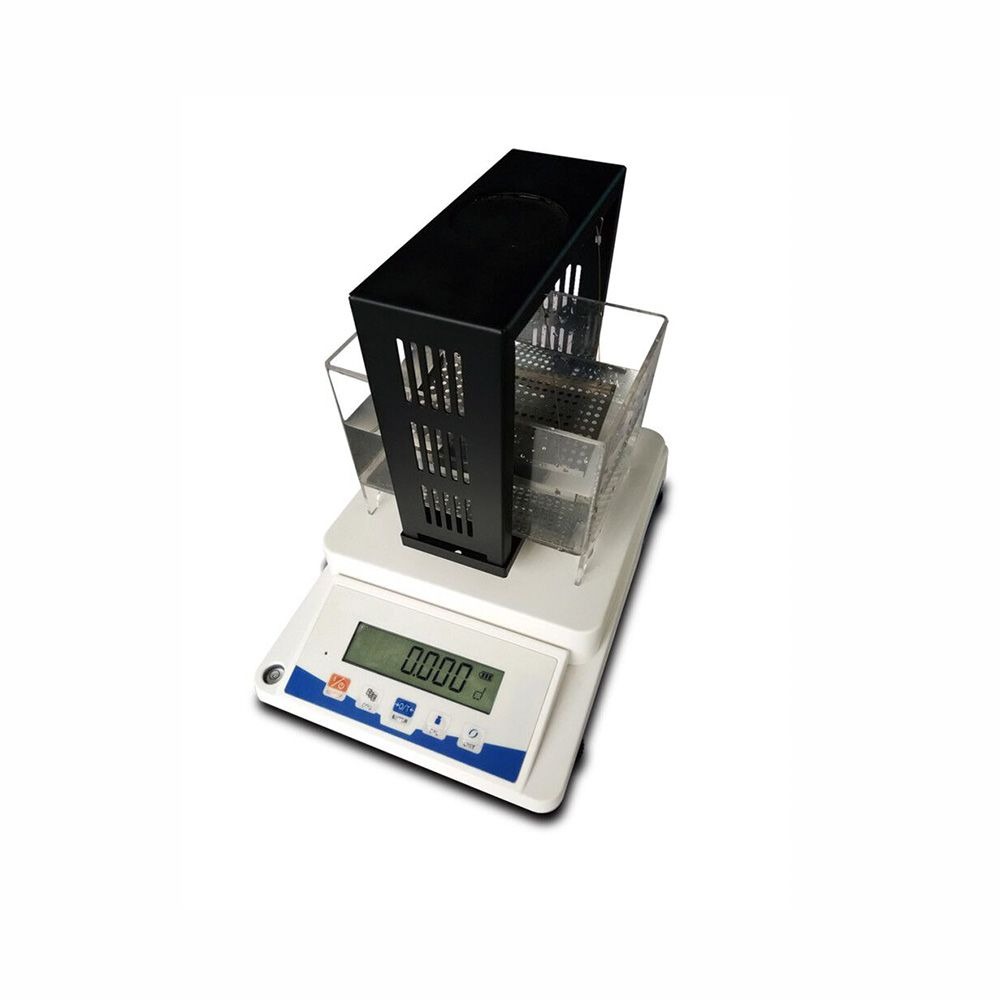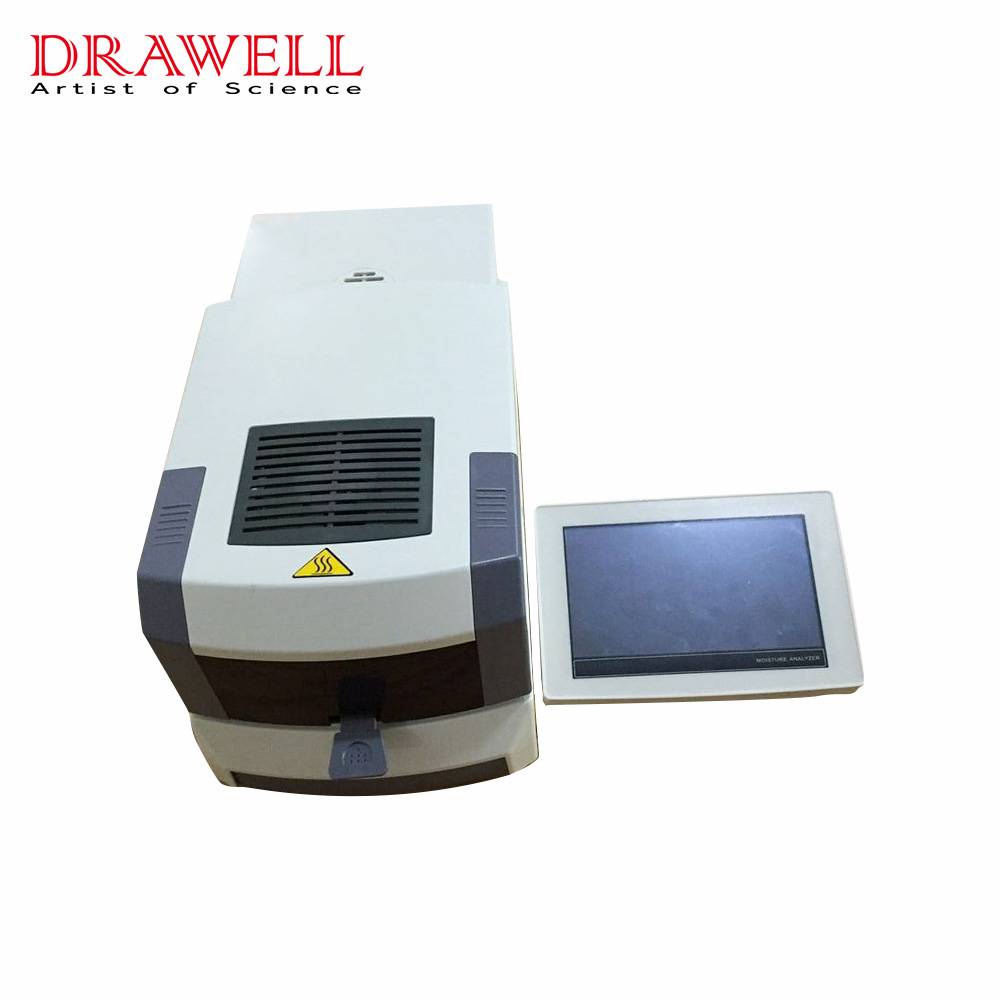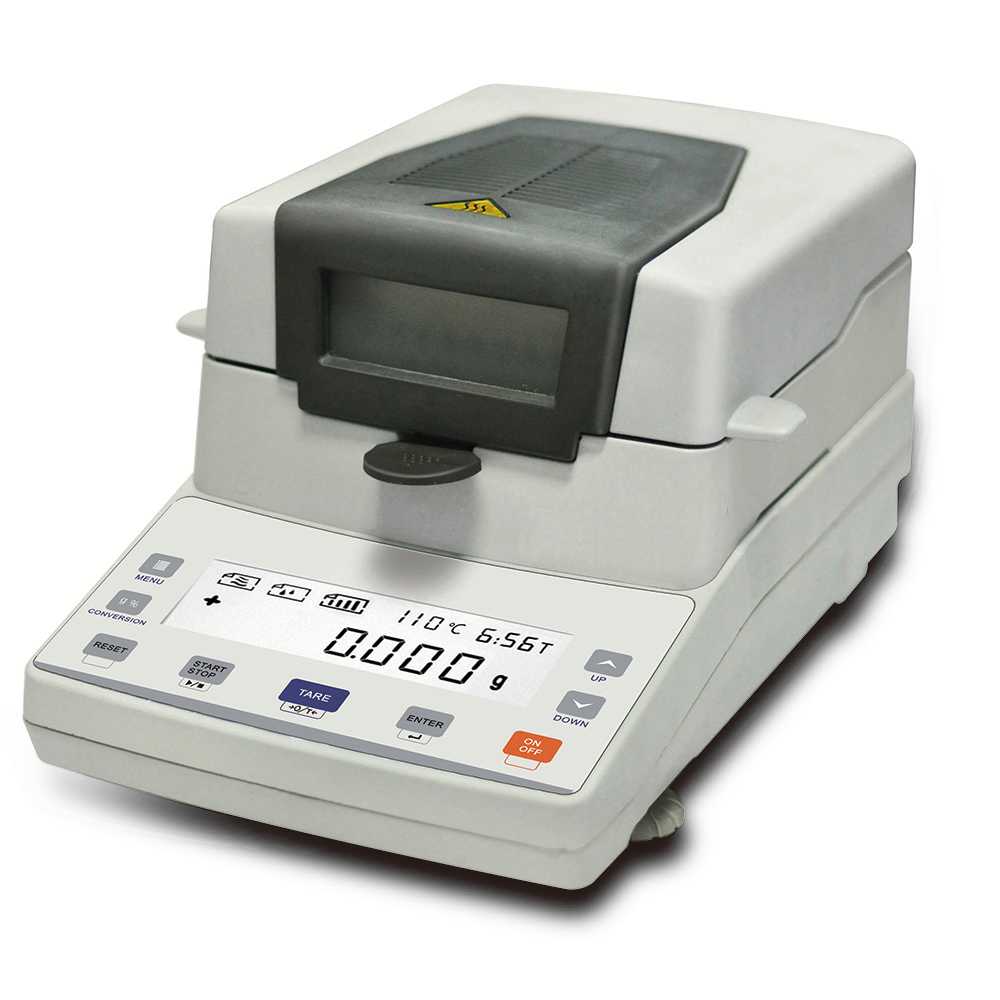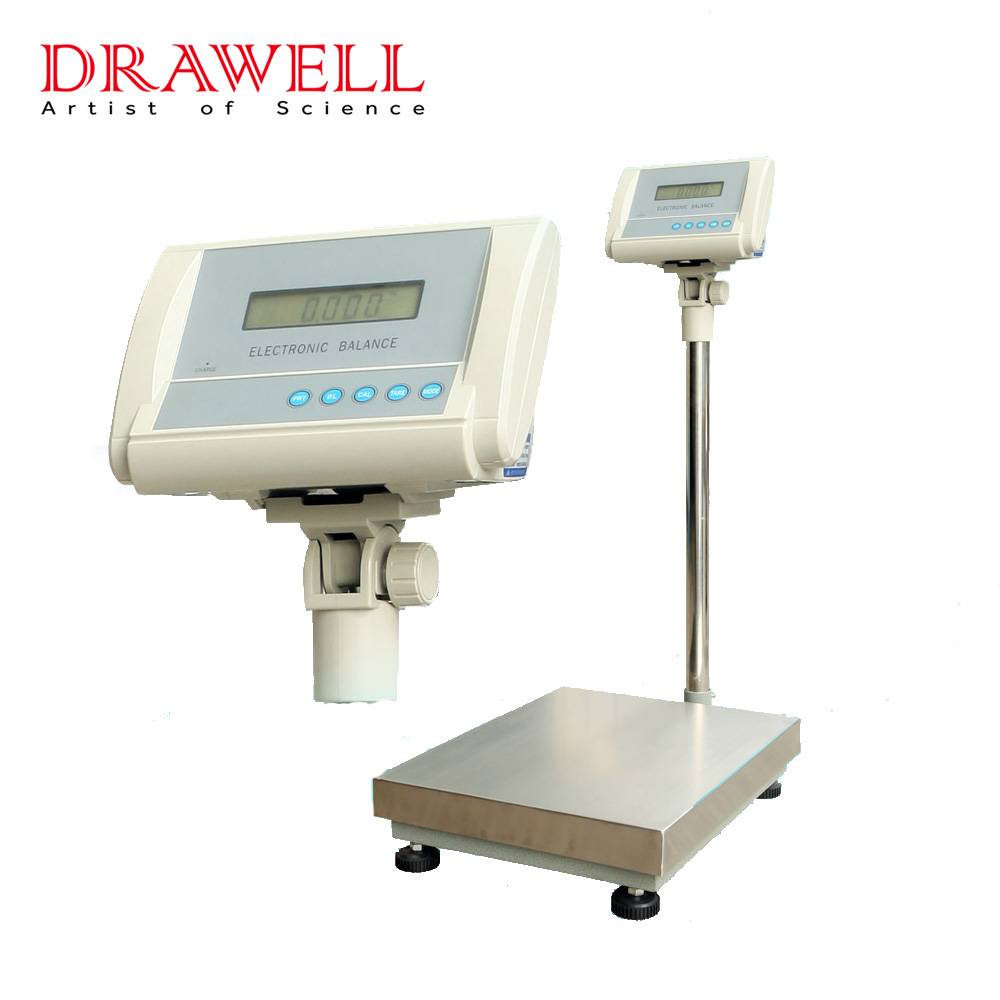Laboratory electronic analytical balance is the weighing instrument we use most in the laboratory. In any laboratory, the presence of an analytical balance is required. So, how should we buy really good electronic laboratory balances in 2023?
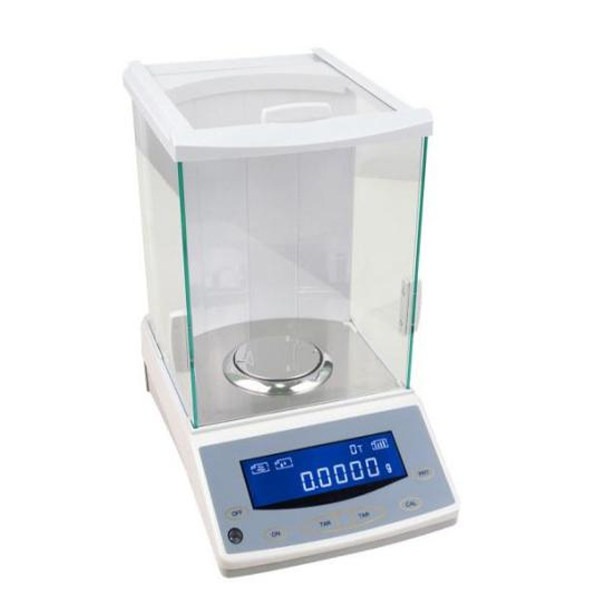
Performance of Electronic Laboratory Balances Is the Key Point
For electronic laboratory balances, the four major measurement performances of the balance are the most basic criteria for judging the quality of the balance, but for electronic laboratory balances, the view is different. Some people think that it is far-fetched and inaccurate to use these four major measurement performances to judge the quality of the balance, but the author believes that for electronic laboratory balances, the four major measurement performances of the balance are still the basis for judging the quality of the balance.
The stability of the balance
The stability of the balance refers to the ability of the balance to automatically return to its initial equilibrium position after being disturbed. For the electronic balance, its balance position is always represented by the indication value of the analog indication or digital indication. Therefore, once a certain momentary disturbance is applied to the electronic balance, although the indication value has changed after the disturbance is eliminated, the balance will it can return to the original indicated value, we say that the electronic balance is stable. For an electronic balance, the stability of the balance is the primary criterion for the balance to be used, and an electronic balance that does not have balance stability cannot be used at all.
Balance sensitivity
The sensitivity of a balance is the ability of the balance to detect the change in mass of an object placed on the weighing pan. The sensitivity of the balance can be expressed by angular sensitivity, linear sensitivity, graduation sensitivity, or digital (division) sensitivity. For electronic laboratory balances, it is mainly expressed by graduation sensitivity or digital (division) sensitivity. The smaller the mass change that can be detected by the balance, the more sensitive the balance is. It can be seen that for electronic laboratory balances, the sensitivity of the balance is still one of the important performances for judging the quality of the balance.
The correctness of the balance
The correctness of the balance is the correctness of the balance indication, which indicates the ability of the balance indication to approach the (agreed) true value; from the perspective of error, the balance accuracy is the degree of systematic error reflecting the balance indication.
For lever electronic laboratory balances, the correctness of the balance is mainly reflected in the correctness of the balance arm ratio. However, whether it is a mechanical balance or an electronic balance, the correctness of the balance is also reflected in the correctness of the indication of the analog scale or digital scale of the balance, and the correctness of the indication when the load is placed at each point on the balance plate.
The Invariance of Balance Indication
The invariance of the indicated value of the balance refers to the degree of consistency of the measurement results obtained when the balance measures the same object multiple times under the same conditions.
For the electronic balance, there is still the invariance of the balance indication value, such as the control of the repeatability and reproducibility of the electronic balance, the control of the zero position and return of the electronic balance, and the electronic balance being empty or loaded. For example, the control of the drift of the balance indication value after loading for 4 hours).
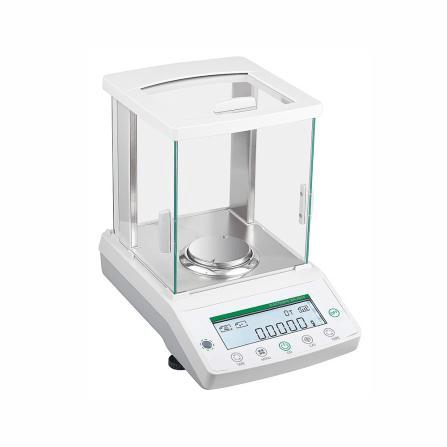
How to Choose an Electronic Analytical Balance?
Users who purchase electronic laboratory balances need to choose electronic laboratory balances with appropriate division value, range, and accuracy level according to their weighing accuracy and range requirements.
1. First consider whether the balance accuracy meets the measurement accuracy requirements. The balanced accuracy is too low to meet the measurement requirements, and the balance accuracy is too high to increase the purchase cost. Therefore, you should choose the accuracy that can meet your measurement work. When purchasing a balance, you should consider the weighing range of your usual samples. The sample weight generally accounts for 60-80% of the weighing range of the balance.
2. Choose different electronic laboratory balances according to different usage occasions. It is generally used in laboratories with good environmental conditions. Under the condition of satisfying the accuracy of weighing, you can choose a balance with a higher grade and better performance, so that it can be used for a long period and can also meet the work requirements.
In production sites or places with outdoor mobility, the general environmental conditions are poor, and the electronic laboratory balances with better performance may not be able to give full play to their advantages. At this time, you can choose a resistance or simple balance that can meet the work requirements and is relatively cheap.
3. Trusted quality assurance cannot guarantee the accuracy of later experimental results. Necessary additional functions can ensure the successful completion of the experiment.
4. Excellent cost performance of the analytical balance. Don’t spend money on features you don’t need. Only when the product quality is guaranteed and the performance is the same, a more favorable price can ensure the efficiency of the use of funds by the unit or individual. For example, Analytical Balance by Drawell. Not only have experts guide you to purchase the appropriate analytical balance, but also have super high-cost performance.
5. Average annual usage fee. Including natural wear and tear and maintenance costs. For example, the purchase price of product A is 300 US dollars, and the purchase price of product B is 6,000 US dollars. If product A has a service life of 2 years, product B has a service life of 5 years. The average annual usage cost of product B is cheaper (US$1500/year: US$1200/year). The above does not include the loss and maintenance costs caused by the interruption of the experiment caused by the frequent repair of product A.
6. Compatibility with operators and tolerance to the operating environment. The operation methods of different personnel are different. The A product often has a large error, and the B product is operated by different personnel, and the results are the same. A and B products with the same precision have different tolerances for handling, use, maintenance, vibration source, temperature, humidity, etc.
7. Product after-sales service and function expansion. Avoid quality problems as much as possible. If there are quality problems or function expansion is required, classic manufacturers can provide timely and thoughtful services.
8. Humanized design. Avoid damage to the instrument caused by occasional operating errors. At the same time, it ensures that the user is light and comfortable during use.
In short, the right is the best.

